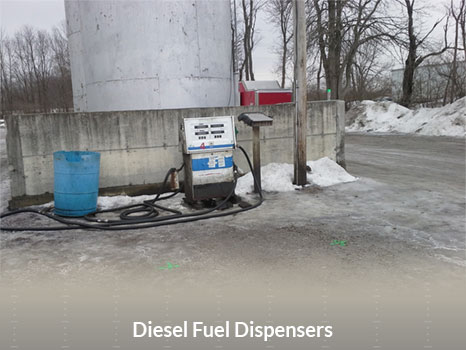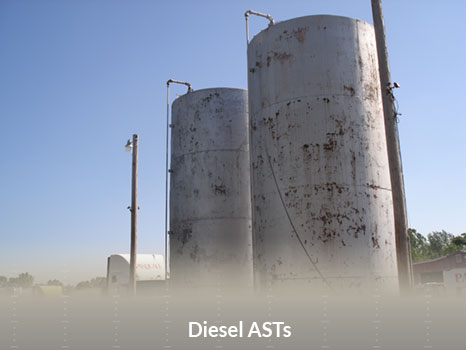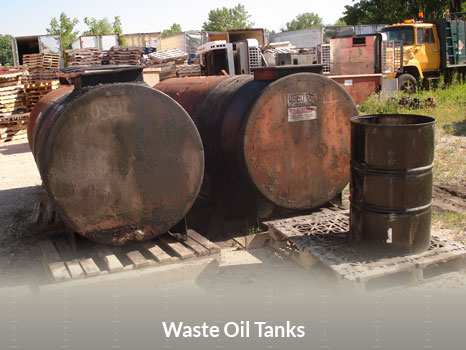Creative ERC Closes Petroleum Site
Keep The Well and Drink The Water TooPROJECT FACTS:
CONTAMINANTS OF CONCERN – PETROLEUM
KEY FACTS – GROUNDWATER CONTAMINATION FROM DIESEL FUEL
DESCRIPTION OF SITE – TRUCKING COMPANY IN ISOLATED RURAL SETTING
SITE SITUATION:
On this trucking company’s property were two Above Ground Storage Tanks (ASTs) and two tanks used to store waste oil. The waste management practices were not standardized and spill containment practices were poor. The state enforcement agency ordered the company to investigate potential contamination at three Areas of Concern (AOC):
- ASTs and Dispensers
- Waste Oil Tanks
- 55 Gallon Drum of Unknown Material
Acuity Environmental Solutions (AcuityES) investigated all three AOCs. Through soil and bore water sampling and analytics, it was determined that two of the three areas did not contain contaminants above the screening levels. Only the ASTs and petroleum dispensers needed to be addressed.
Physical inspection of the Site revealed that the petroleum dispensers were poorly maintained and there were substantial petroleum impacts due to spillage from fueling operations.
ACUITY INSIGHT:
AcuityES demonstrated that the contamination would remain on site and obtained an ERC (Environmental Restrictive Covenant) for the property. The ERC needed to be creative – because a potable water supply well was present a couple hundred feet from the AOC. AcuityES provided evidence that the petroleum contamination was limited to the non-bedrock aquifer while the potable water well was located in the bedrock. With the ERC restricted to shallow groundwater for the unconsolidated aquifer, the owner was able to keep and use the bedrock well. IDEM (Indiana Department of Environmental Management) accepted the ERC, determined that no further work needed to be done, and closed the site.
SOLUTION:
AcuityES implemented a series of iterative assessment step-outs and installed a limited number of permanent monitoring wells (to delineate the impacts and identify groundwater flow direction) as the basis for the ERC. This process identified petroleum impacts above the screening levels (drinking water standards) in the groundwater.
AcuityES developed scientific models, using current conditions data, to predict how far the contamination could migrate – and provided evidence that the maximum leading edge of the contamination plume would not extend past the property boundary line.






